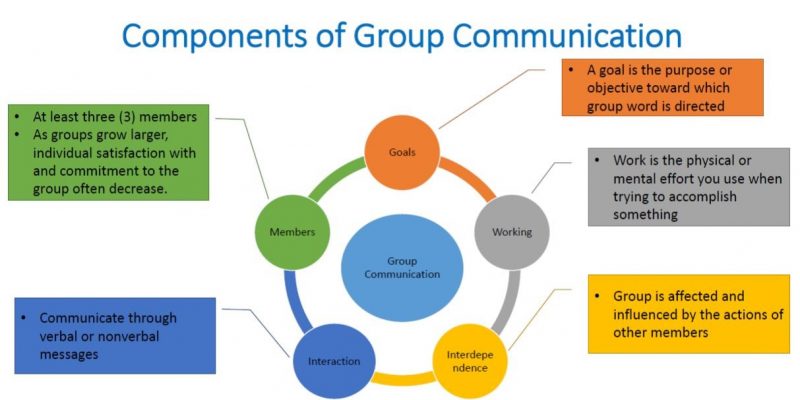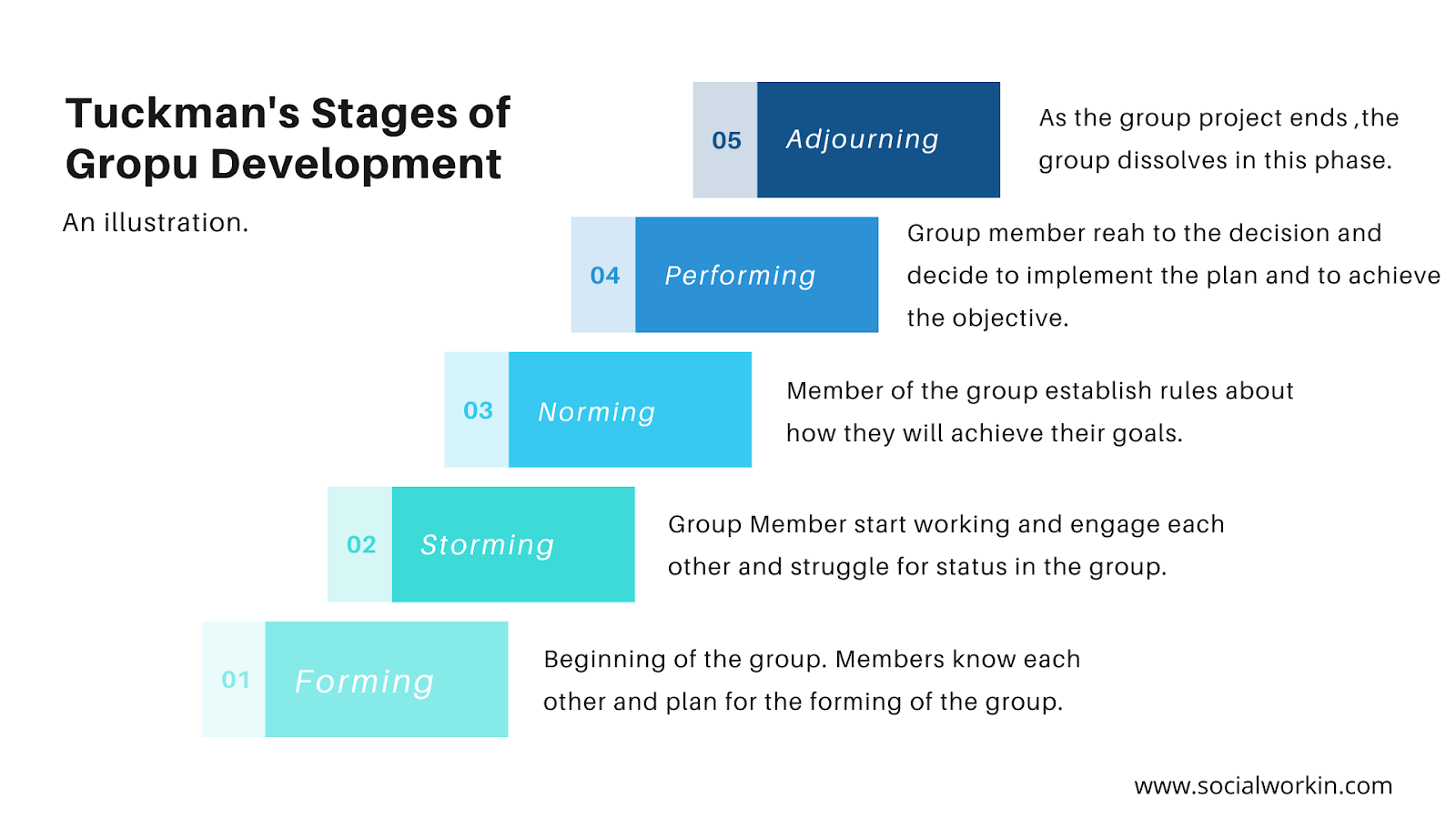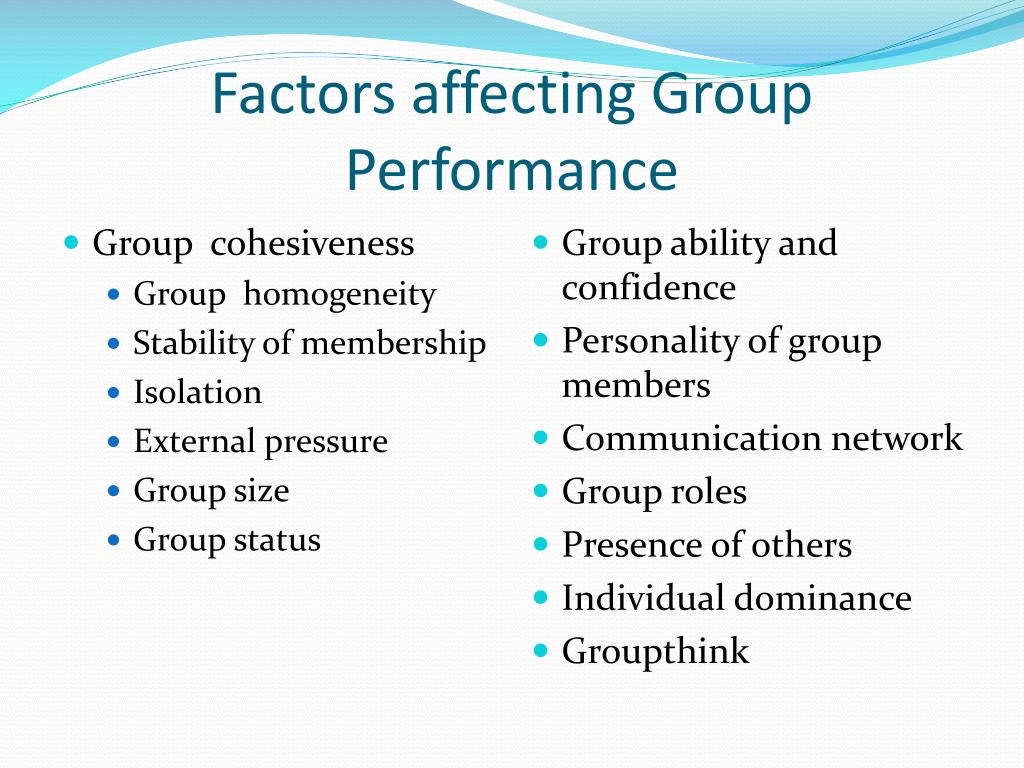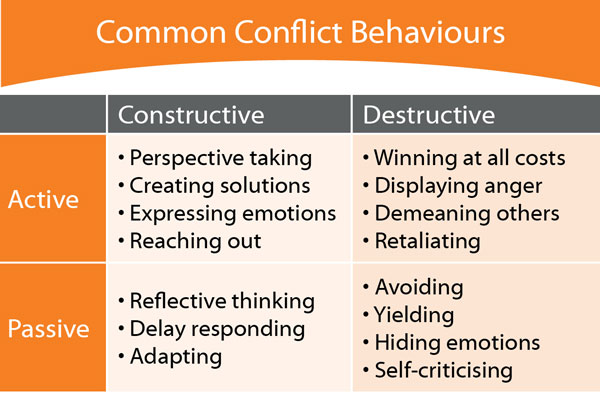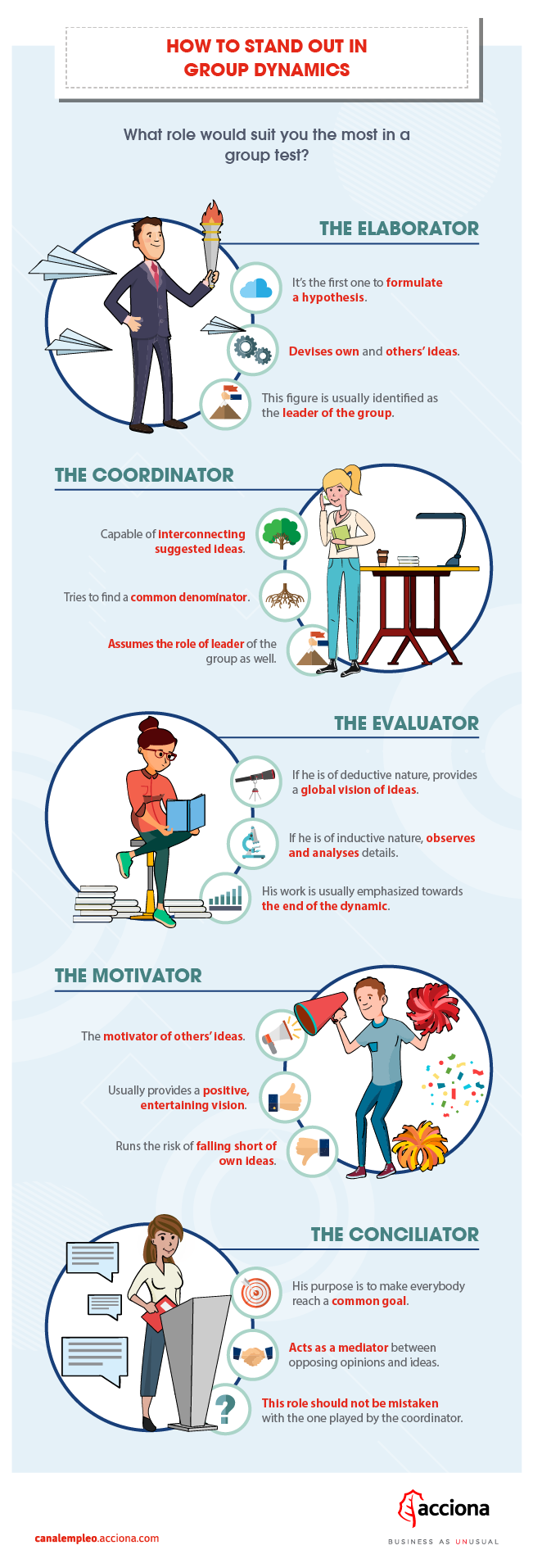Concept Of Group Dynamic Presentation
| Introduction to Group Dynamic | ||
|---|---|---|
| Group dynamic refers to the interactions, relationships, and processes that occur within a group. It involves understanding how individuals within a group influence and are influenced by one another. Group dynamics play a crucial role in determining the success and effectiveness of a group. | ||
| 1 | ||
| Types of Groups | ||
|---|---|---|
| There are various types of groups, including formal and informal groups. Formal groups are created with a specific purpose or goal in mind, such as work teams or project groups. Informal groups emerge naturally, often based on shared interests or social connections. | ||
| 2 | ||
| Key Elements of Group Dynamic | ||
|---|---|---|
| Communication: Effective communication is essential for understanding and cooperation within a group. Roles: Every member of a group plays a specific role, which contributes to the overall functioning of the group. Norms: Norms are the shared expectations and rules that guide the behavior of group members. | ||
| 3 | ||
| Stages of Group Development | ||
|---|---|---|
| Forming: Group members come together, introductions are made, and initial goals are established. Storming: Conflict and disagreements may arise as individuals express their opinions and ideas. Norming: The group establishes norms, builds trust, and develops a sense of cohesion. | ||
| 4 | ||
| Group Cohesion | ||
|---|---|---|
| Group cohesion refers to the level of unity, trust, and cooperation among group members. Cohesive groups tend to be more effective and productive. Factors that contribute to group cohesion include shared goals, positive communication, and a supportive environment. | ||
| 5 | ||
| Leadership in Group Dynamic | ||
|---|---|---|
| Leadership plays a crucial role in shaping group dynamics. Effective leaders inspire and motivate their team members, facilitate communication, and manage conflicts. Different leadership styles, such as democratic, autocratic, and laissez-faire, can influence group dynamics differently. | ||
| 6 | ||
| Factors Affecting Group Dynamic | ||
|---|---|---|
| Diversity: The diversity of group members' backgrounds, experiences, and perspectives can affect group dynamics. Size: Group size can impact communication patterns, decision-making processes, and overall cohesion. External Influences: Factors such as organizational culture, external pressures, and resources can shape group dynamics. | ||
| 7 | ||
| Conflict Resolution in Group Dynamic | ||
|---|---|---|
| Conflict is inevitable in group dynamics and can arise due to differences in opinions, goals, or interpersonal issues. Effective conflict resolution strategies include active listening, compromise, mediation, and seeking win-win solutions. Addressing conflicts promptly and constructively can strengthen group dynamics and improve overall outcomes. | ||
| 8 | ||
| Benefits of Positive Group Dynamic | ||
|---|---|---|
| Positive group dynamics foster collaboration, innovation, and creativity. They enhance problem-solving abilities and decision-making processes. Individuals in a positive group dynamic experience increased job satisfaction and a sense of belonging. | ||
| 9 | ||
| Summary and Conclusion | ||
|---|---|---|
| Group dynamic encompasses the interactions, relationships, and processes within a group. Understanding group dynamics is crucial for effective teamwork and achieving group goals. By considering factors like communication, roles, norms, and leadership, groups can foster positive dynamics and enhance their performance. | ||
| 10 | ||

